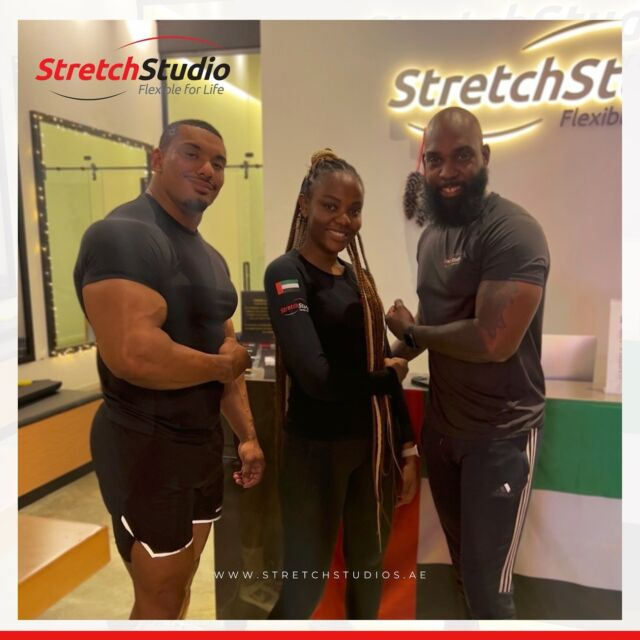Before starting a full-body stretch program, it’s crucial to consider several factors to ensure safety, effectiveness, and suitability for your individual needs. Stretching can offer numerous benefits, including improved flexibility, reduced risk of injury, and enhanced overall well-being. However, taking the time to assess these factors beforehand can help tailor your stretching program to maximize its impact and minimize the risk of issues.
Current fitness level and physical condition:
Before starting a full body stretch program, assess your current fitness level and physical condition. Consider any existing injuries, medical conditions, or physical limitations that may affect your ability to stretch safely. It’s essential to work within your limitations and gradually progress as your flexibility improves over time.
Flexibility goals and objectives:
Define clear goals and objectives for your stretching program. Are you aiming to improve overall flexibility, target specific muscle groups, or enhance performance in a particular sport or activity? Understanding your goals will help you tailor your stretching routine to address specific needs and track progress effectively.
Time commitment and consistency:
Determine how much time you can dedicate to stretching each day or week and establish a realistic schedule that you can commit to consistently. Consistency is key to reaping the benefits of stretching, so prioritize regular stretching sessions and integrate them into your daily routine.
Warm-up and cool-down:
Incorporate a proper warm-up and cool-down into your stretching program to prepare your muscles for activity and promote recovery afterward. Dynamic movements such as jogging, jumping jacks, or arm circles can help increase blood flow and loosen up muscles before stretching, while static stretches and deep breathing can aid in relaxation and muscle recovery post-stretching.
Variety and balance:
Include a variety of stretches targeting different muscle groups and movement patterns to ensure a well-rounded stretching program. Balance stretching exercises that focus on flexibility with those that promote stability and mobility to address all aspects of physical fitness carefully.
Proper technique and form:
Focus on proper technique and form during stretching to maximize effectiveness and minimize the risk of injury. Avoid bouncing or jerking movements and instead opt for slow, controlled stretches that gradually deepen over time. Listen to your body and respect your limits, avoiding pushing yourself too hard or forcing positions beyond your comfort level.
